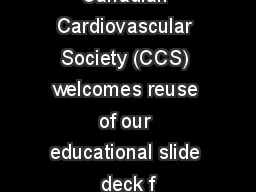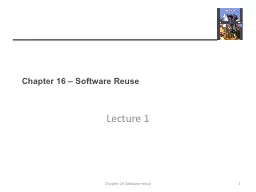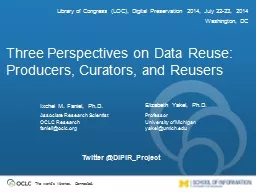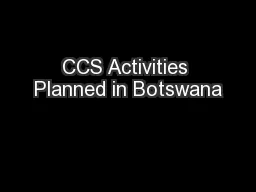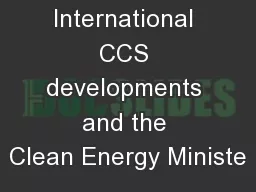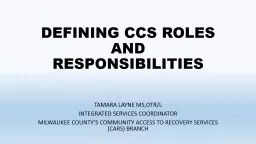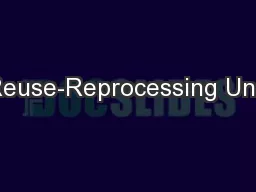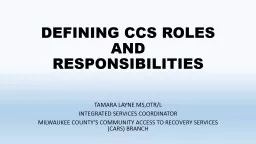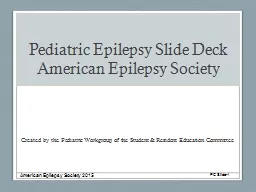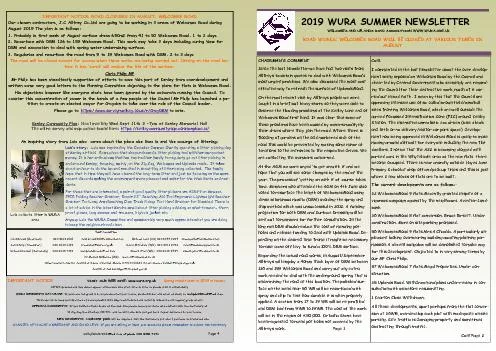PPT-Disclaimer The Canadian Cardiovascular Society (CCS) welcomes reuse of our educational
Author : tatiana-dople | Published Date : 2020-04-04
wwwonlinecjccom If your reuse request qualifies as medical institution internal education you may reuse the material under the following conditions You must
Presentation Embed Code
Download Presentation
Download Presentation The PPT/PDF document " Disclaimer The Canadian Cardiovascular ..." is the property of its rightful owner. Permission is granted to download and print the materials on this website for personal, non-commercial use only, and to display it on your personal computer provided you do not modify the materials and that you retain all copyright notices contained in the materials. By downloading content from our website, you accept the terms of this agreement.
Disclaimer The Canadian Cardiovascular Society (CCS) welcomes reuse of our educational: Transcript
Download Rules Of Document
" Disclaimer The Canadian Cardiovascular Society (CCS) welcomes reuse of our educational"The content belongs to its owner. You may download and print it for personal use, without modification, and keep all copyright notices. By downloading, you agree to these terms.
Related Documents

